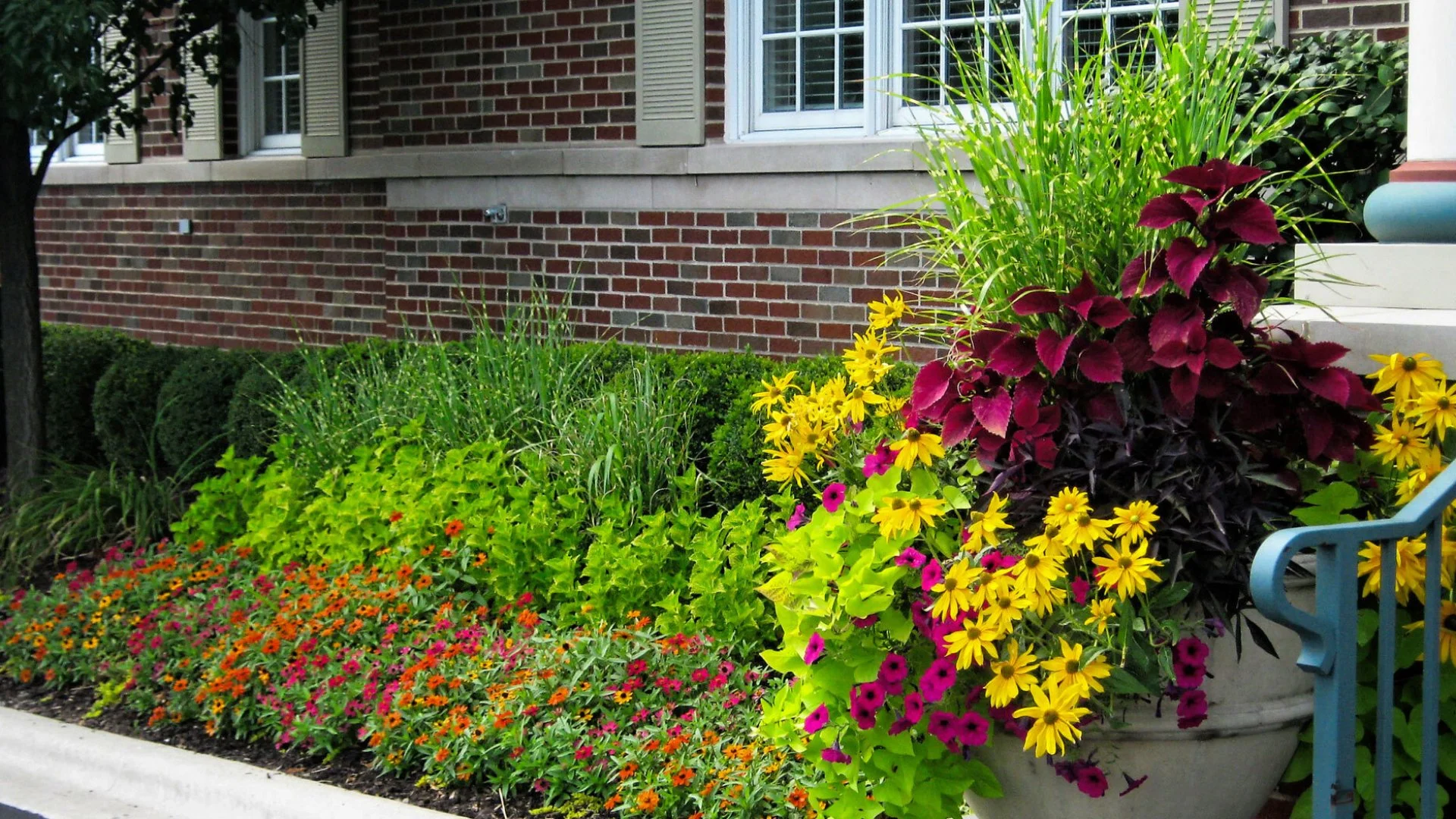Advice For Newly Seeded Lawns
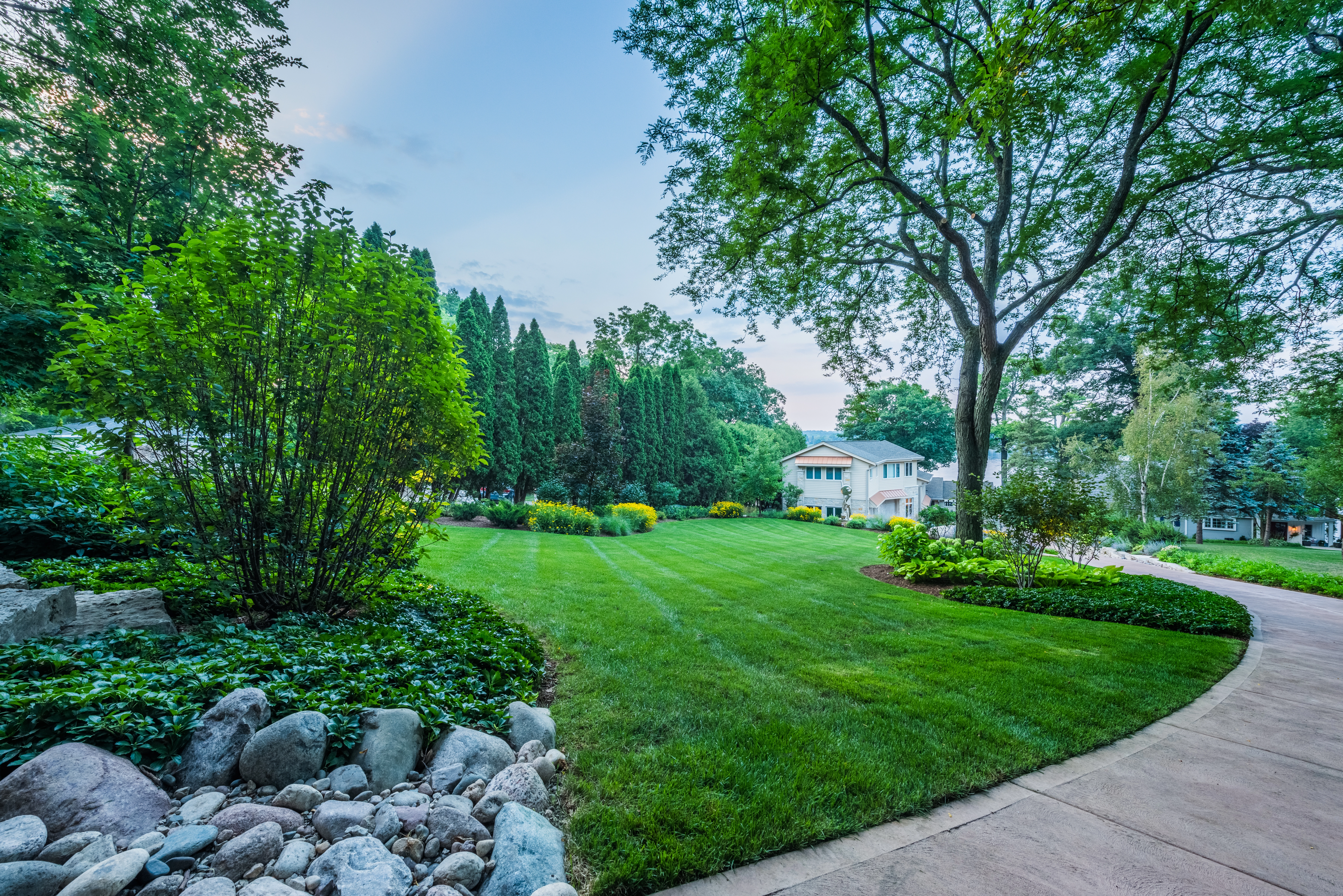
Watering – For germinating and developing seeds, it requires moist conditions at all times. Twice daily watering totaling 30 minutes may be required during the warmest four months of the season. Moist conditions must be maintained for at least six weeks to allow all of the seeds to germinate and establish. Developing and mature lawns need about an inch of water in total per week, preferably in two applications. Factors like seasons, the environment, and current weather conditions will affect the quantity of water.
Mowing – Cut your lawn when most of the plants reach 2 ½-3” and maintain that height for a healthy lawn. Stop watering briefly to allow the soil to dry enough to support the mower. Avoid removing more than 1/3 of the grass blade at any single mowing.
Fertilizer And Weed Control – Apply a slow-release fertilizer about eight weeks after installation and continue on a regular fertilizing schedule of 3-4 applications annually. Weed control for spring and early summer installations can be applied in early fall. Weed control for summer and fall installations should wait until the following spring.
Expectations – Seeds will begin to germinate in 7-10 days during the season when soil temperatures are 55 degrees or greater. Normally, 28 days are required for all of the seeds in your blend to germinate. Many people reduce watering too soon, restricting the development of some grasses in the blend. You cannot make up for missed watering by applying more water later. Developing and mature lawns produce the most growth in spring and fall. It can take up to three growth seasons to achieve a thick lawn. Initial germination appears patchy and will fill in over time. Weeds are inevitable. Spring and summer installations produce more weeds in the lawn than early fall installations. Minor erosion and traffic damage are normal. You can expect to do some landscape maintenance repairs and reseeding while your lawn is developing. Severe weather conditions can impede, damage, or even destroy your lawn while it is developing. Grass in shady conditions does not perform as well as in sunny locations. Yearly overseeding in shady locations may be necessary.
Landscape Maintenance For Newly Sodded Lawns
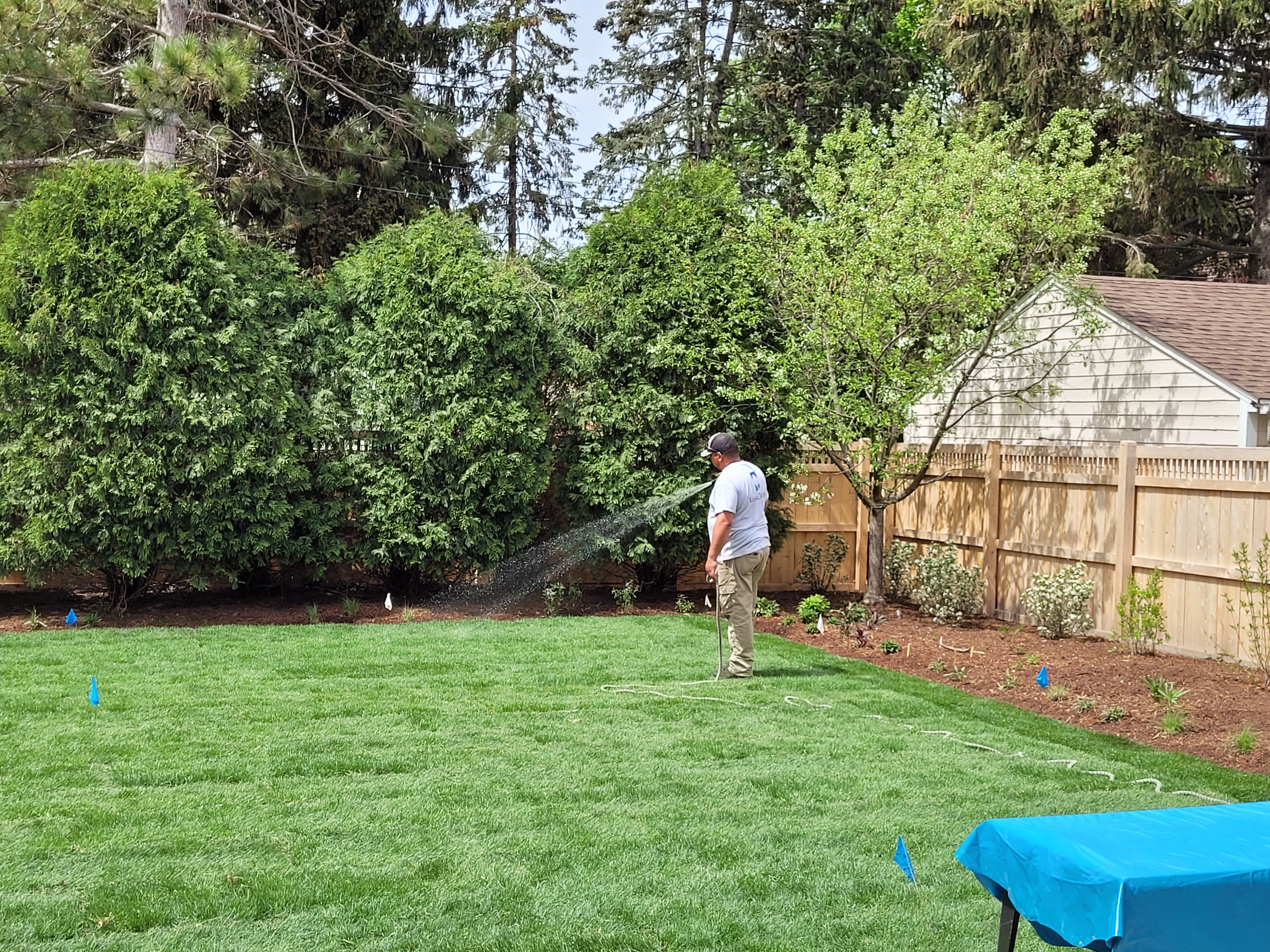
Watering – Initial watering must be heavy enough to thoroughly wet the sod and soil beneath. Do not drown your lawn. Subsequent waterings that wet the sod and keep the soil beneath moist is required. Once daily watering for 30 minutes or more may be required during the warmest four months of the year. As the sod begins to “knit” (normally 10-14 days) begin to reduce watering to twice weekly totaling an inch of water. Adjust watering according to conditions.
Mowing – After about two weeks and after the sod has begun to “knit”, stop watering briefly to allow the soil to become firm. Cut the lawn with a push mower to a height of 2 ½-3? or no more than 1/3 of the grass blade whichever is less. Maintain that height/amount of blade removal for a healthy lawn.
Fertilizer and weed control – Begin a normal, mature lawn fertilizer and weed control program about eight weeks after installation.
Expectations – Your newly sodded lawn will look mature immediately but will not perform as a mature lawn for up to eight weeks. Sod is alive when installed and will stay alive only if it is properly watered. You cannot make up for missed waterings by applying more water later. Insufficient water will cause the sod rolls to shrink and likely cannot be reversed. Neglected sod will turn blue/gray and the damage will be evident even if watering is corrected. Brown sod is dead.
Newly Planted Trees and Shrubs Tips
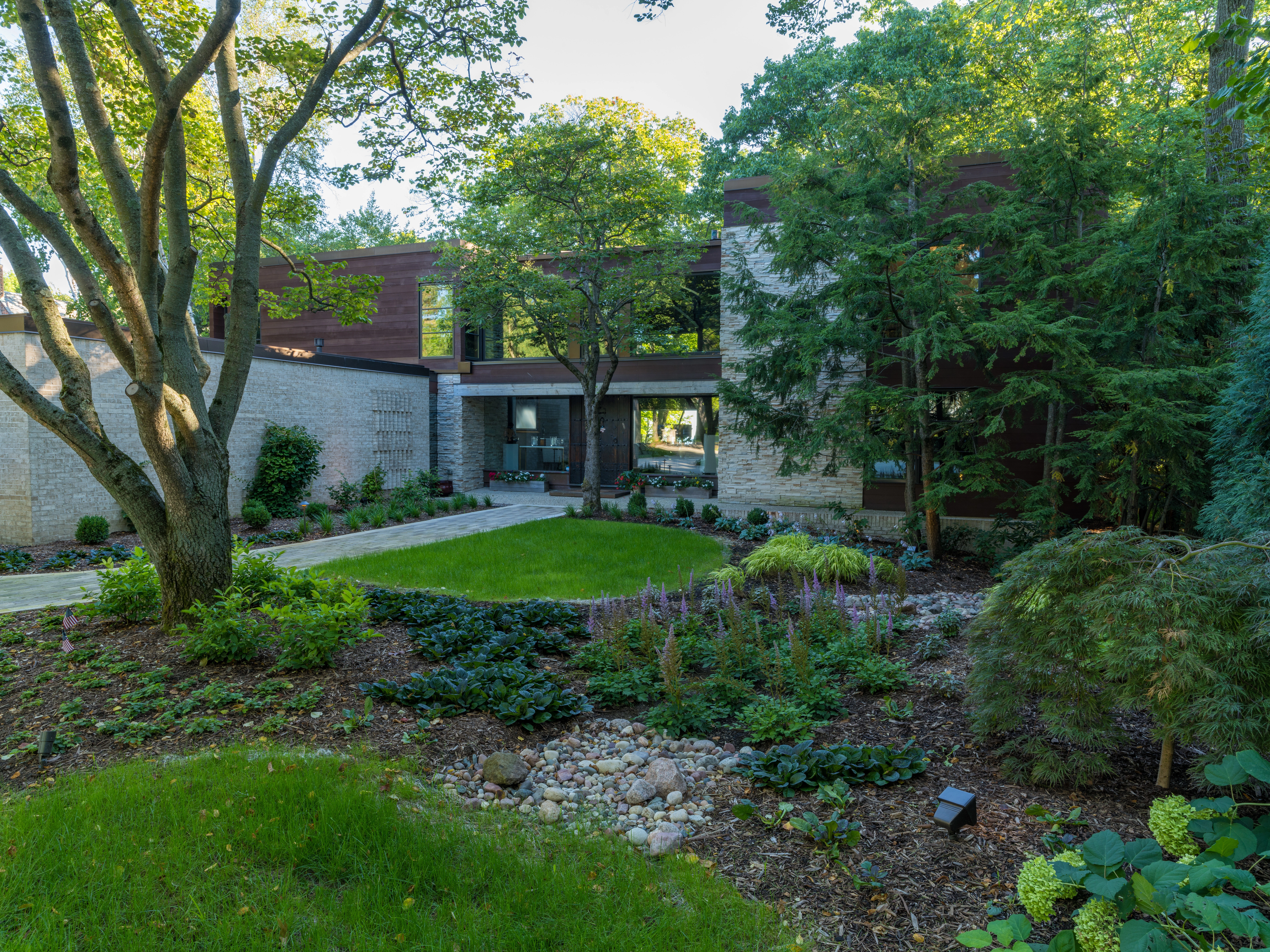
Watering – The roots of newly planted trees and shrubs require adequate amounts of both water AND oxygen. Insufficient water in the soil dries out and kills root cells. Too much water in the soil displaces and deprives the roots of oxygen. Water new trees and shrubs at the base to thoroughly soak the soil in and outside the zone of the pot or root ball. Allow the soil to thoroughly drain without becoming completely dry in and around the root zone and then repeat watering. It is normal to water new trees and shrubs a couple of times weekly for three weeks and then transition to once weekly for the remainder of the first season – however – heavy clay soils and cooler weather slows the rate that soil drains while sandy/gravel soils and hot, windy weather drains and dries the soil more quickly. Adjust watering accordingly. You cannot make up for a missed watering by adding more water later. Late fall plantings should be regarded the same as plantings installed the next spring. Watering trees and shrubs with a sprinkler or soaker hose during establishment is not appropriate.
IMPORTANT! – The symptoms of a plant suffering from too much water (lack of oxygen) are commonly mistaken for symptoms of insufficient water. Symptoms can be any combination of stunted, wilted, discolored or even dropping leaves. The only way to determine for certain if the plant needs water or oxygen is to dig into the soil around the root zone and monitor the moisture level.
Mulching – Organic mulch can help regulate the rate of soil drying and control weeds around the plant. Mulch should never accumulate to a depth of more than three inches.
Guying And Staking – Guying and staking should be limited to trees subject to damage from excessively windy conditions (excluding severe storm winds which are not predictable). Guy stakes and wires should be removed after one year. Note: The ropes and basket around the root ball/trunk of trees and some shrubs are left on to help support the plant until it is sufficiently established. The ropes must be removed after one year. Baskets and burlap can remain.
Expectations – Most plantings do not require special or unusual tending beyond proper watering during establishment. Some plants will turn fall colors early the first season after planting. Occasionally branches will die long after planting as a result of handling and transport, prune off any dead parts of the plant. Healthy plants are least prone to disease and pest infestation. Pest and disease control, fertilizing and pruning are all a part of ongoing landscape maintenance.
Perennials and Groundcovers Advice
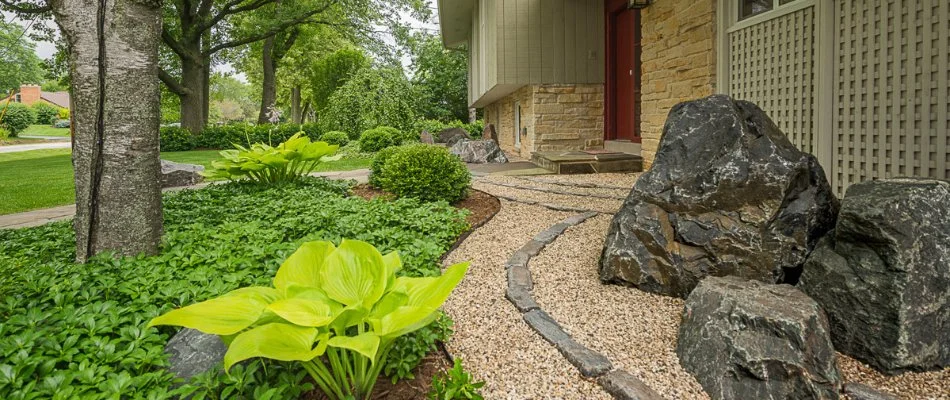
Watering – The same principles of moisture and oxygen apply to perennials and groundcover as with larger plants. However, the watering cycle has to be condensed into shorter periods. It is typical to water daily for a couple of weeks during warm weather tapering off to once or twice weekly for most of the rest of the season. Adjust to current conditions.
Expectations – Frequent weeding and cultivation is necessary especially during establishment. Fertilizing and periodic division and dead heading of perennials is normal maintenance. Perennials and groundcovers are more susceptible to injury or death during severe winters. Winter covering is the best prevention.

